Forget Fabric Softener: Why White Vinegar is the Real Laundry MVP
Walk down any laundry aisle and you’re hit with a wall of options: powders, pods, scented beads, and liquids that all promise the cleanest, freshest clothes on the block. But I’ll let you in on a little secret I learned not from a marketing campaign, but from the old-timers in a bustling commercial laundry: the most powerful tool for better laundry is probably already in your pantry. I’m talking about simple, cheap, distilled white vinegar.
In this article
Now, it’s not some magic cure-all, and you have to know how to use it right. But once you understand what it’s actually doing, you can solve some of the most annoying laundry problems better and for way less money. This isn’t just about masking smells; it’s about getting to the root cause of dinginess, stiffness, and odors. So, let’s dive into the practical know-how that will change your laundry game for good.
So, How Does This Even Work?
To really get why vinegar is so effective, you just need to know one thing: it’s a mild acid. The stuff you buy at the store is called acetic acid, and it’s typically just a 5% solution in water. That gentle acidity is what works all the magic in your washing machine.
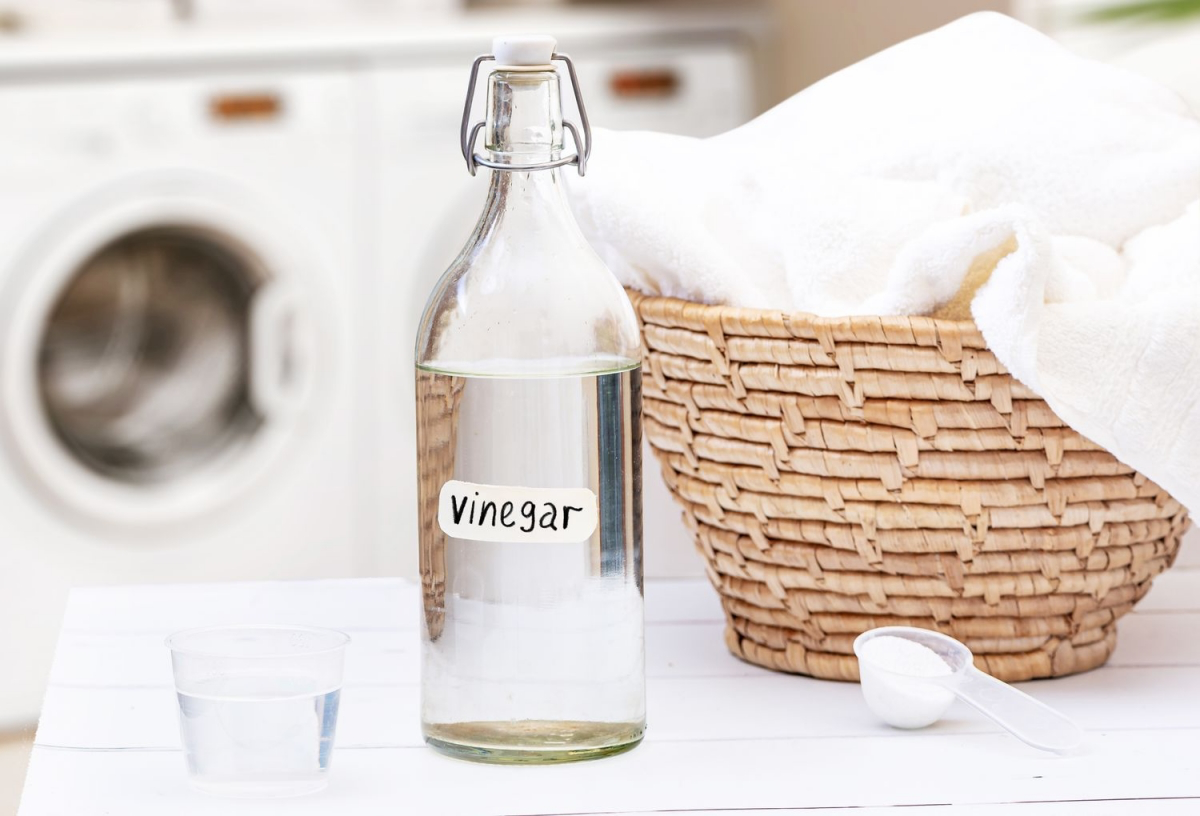
Here’s the simple breakdown:
- It Fights Hard Water Buildup: Ever wonder why your towels feel crusty and your colors look dull? It could be hard water. By the way, a quick way to check is to look for white, chalky spots on your faucets or glass shower door. If you see them, you’ve got hard water. Those minerals cling to fabric, but vinegar’s acidity dissolves them right off, leaving your clothes naturally softer.
- It Gets Rid of Soap Gunk: Laundry detergent is alkaline, and if you use a little too much (we all do sometimes), it can leave a sticky residue behind. That film is like a magnet for dirt. Vinegar neutralizes the alkaline soap, allowing it all to wash away completely. The result? Brighter colors and whiter whites, no fancy products needed.
- It Kicks Odor-Causing Bacteria to the Curb: That funky smell from gym clothes or towels you forgot in the washer? That’s bacteria. Vinegar creates an environment where those little microbes just can’t survive. It doesn’t cover up the smell with perfume; it actually eliminates the source.
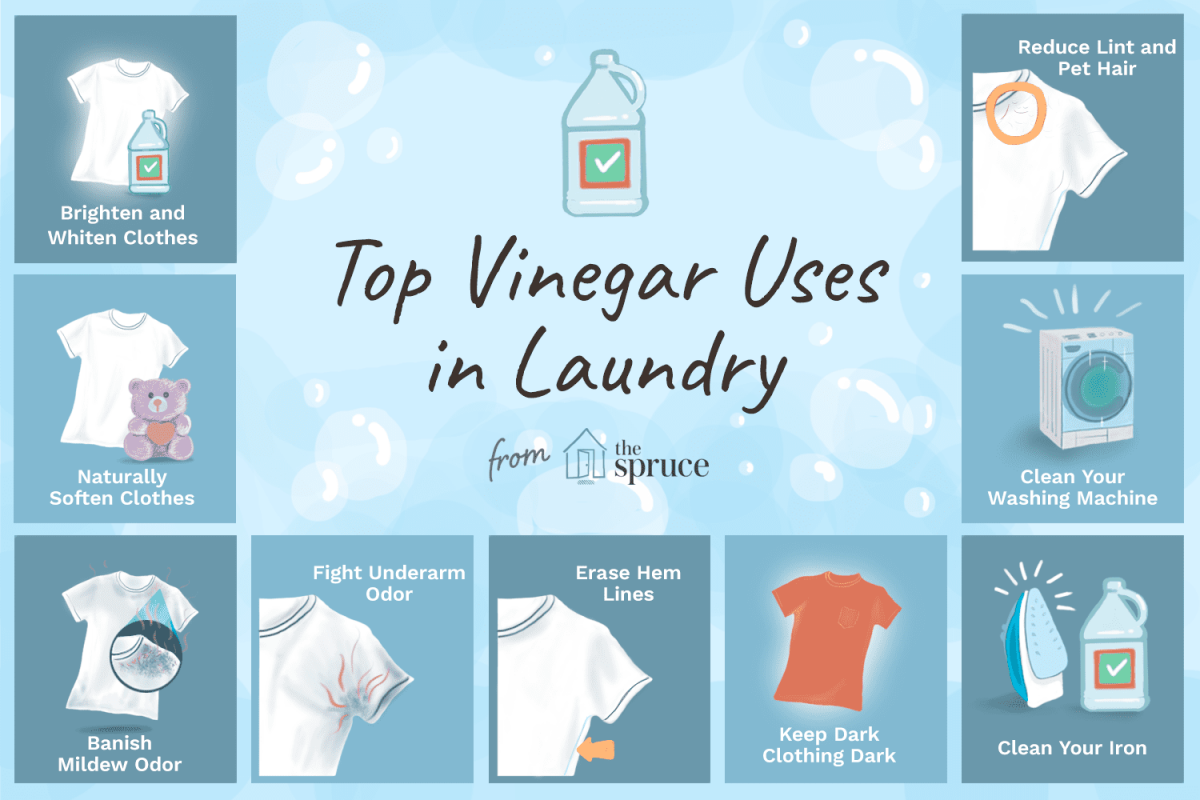
The Only Vinegar You Should EVER Use
Okay, this is the most important rule of all, so listen up. Only use distilled white vinegar for laundry. This is not a suggestion; it’s a non-negotiable requirement.
Things like apple cider vinegar or red wine vinegar contain natural dyes and sugars (tannins) that can—and will—stain your clothes. I once saw someone try to ‘freshen’ a load of white sheets with apple cider vinegar, and they ended up with splotchy, yellowish-brown stains that were a nightmare to fix. Don’t do it!
Stick with the standard 5% acidity you find in any grocery store. A whole gallon jug usually costs between $3 and $5 and will last you for dozens and dozens of loads. When you compare that to a $10 bottle of fabric softener that lasts a couple of weeks, the savings are just massive.
How to Use Vinegar for Common Laundry Woes
Alright, let’s get to the good stuff. The easiest way to do this is to add the vinegar to your machine’s fabric softener dispenser. It will automatically release it during the rinse cycle, which is the perfect time. If you don’t have a dispenser, you’ll have to add it manually. Just listen for your machine to finish the main wash, drain the soapy water, and start to fill again for the rinse. That’s your moment to pour it in!
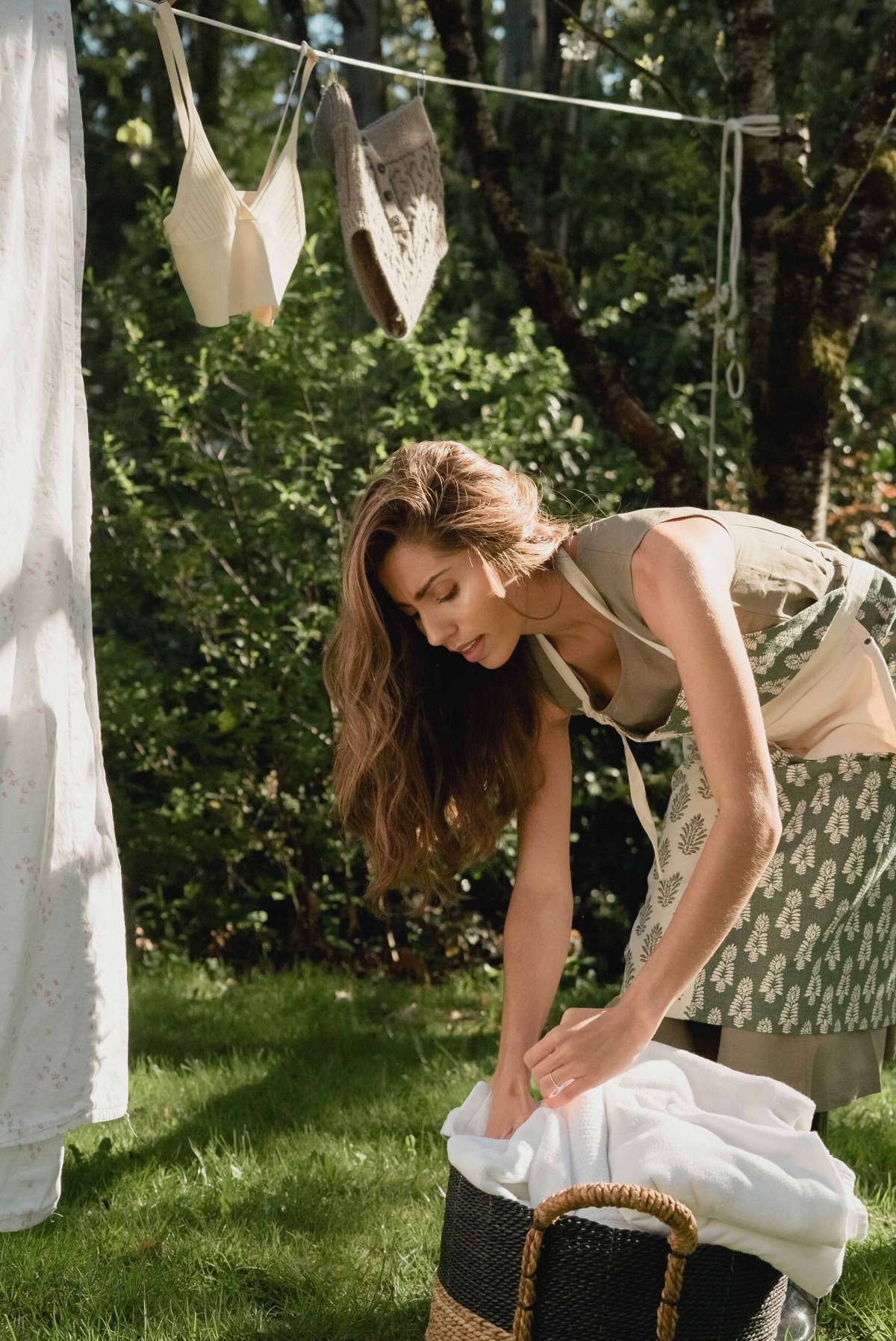
Oh, and for everyone with a modern machine: Yes, this is perfectly safe and even recommended for High-Efficiency (HE) washers! In fact, since HE machines use so little water, they’re even more prone to residue buildup, making vinegar your new best friend.
1. To Naturally Soften and Brighten Clothes
Commercial fabric softeners work by coating your clothes in a thin, waxy film. It feels soft, sure, but that coating builds up over time, making towels less absorbent and trapping odors in workout gear. It’s a temporary fix that can cause long-term problems.
Vinegar does the exact opposite. It strips away all the gunk that makes fabric stiff in the first place, restoring it to its natural, truly soft state. It doesn’t add softness; it reveals it.
- The Method: Pour 1/2 cup of distilled white vinegar into the fabric softener dispenser. If you have super hard water or a very large load, you can bump it up to 1 cup.
- The Scent Question: I promise, your clothes won’t come out smelling like a salad. The scent completely rinses away during the spin cycle and vanishes as the clothes dry. If you do smell vinegar afterward, it’s a sign you’re using a bit too much.
- A Fun Little Challenge: Don’t just take my word for it. Try the “Towel Test.” Wash a load of towels, but only use vinegar on half of them. I dare you not to feel a major difference in softness and absorbency.

2. To Eliminate Stubborn Smells (Mildew, Sweat, Smoke)
For clothes that are seriously funky, you need to bring out the big guns.
- For Musty Towels or a Forgotten Load: We’ve all been there. To save a load that sat wet for too long, just rewash it on a warm or hot cycle and add 1 cup of vinegar directly into the drum with your detergent. For next-level mildew, a pre-soak is the pro move. Fill a bucket or your sink with a gallon of warm water, add 2 cups of vinegar, and let the items soak for at least an hour before washing as usual.
- For Gross Underarm Odor: This is my go-to trick. Keep a cheap spray bottle of undiluted white vinegar in your laundry room. Before washing, turn stinky shirts inside-out and douse the underarm areas. Let them sit for 20-30 minutes before tossing them in the machine. This gives the acid time to break down all that deodorant buildup and bacteria.

3. To Reduce Lint and Pet Hair
If you live with pets, you know their hair weaves itself into everything. Adding 1/2 cup of vinegar to the rinse cycle helps a ton. It’s not dissolving the hair; it’s reducing the static cling that makes hair and lint stick to fabric like glue. Less static means more hair gets washed away and caught in your dryer’s lint trap where it belongs.
Keeping Your Equipment Clean and Happy
You can’t get clean clothes from a dirty machine. Soap scum and mineral deposits build up inside your washer over time, causing it to work less efficiently and making your laundry smell musty.
- For Your Washing Machine: About once every few months, run a cleaning cycle. For a top-loader, set it to the largest, hottest cycle. Add 4 cups of white vinegar as it fills, let it agitate for a minute, then pause the cycle for an hour before letting it finish. For a front-loader, add 2 cups of vinegar to the detergent drawer and run the hottest, longest “tub clean” or “sanitary” cycle.
- Quick Tip for Front-Loaders: That rubber seal on the door is a major breeding ground for mildew. After your cleaning cycle, dip a rag in a 50/50 mix of vinegar and water and meticulously wipe down the entire gasket, especially inside the folds. This one step prevents 90% of front-loader odor issues.
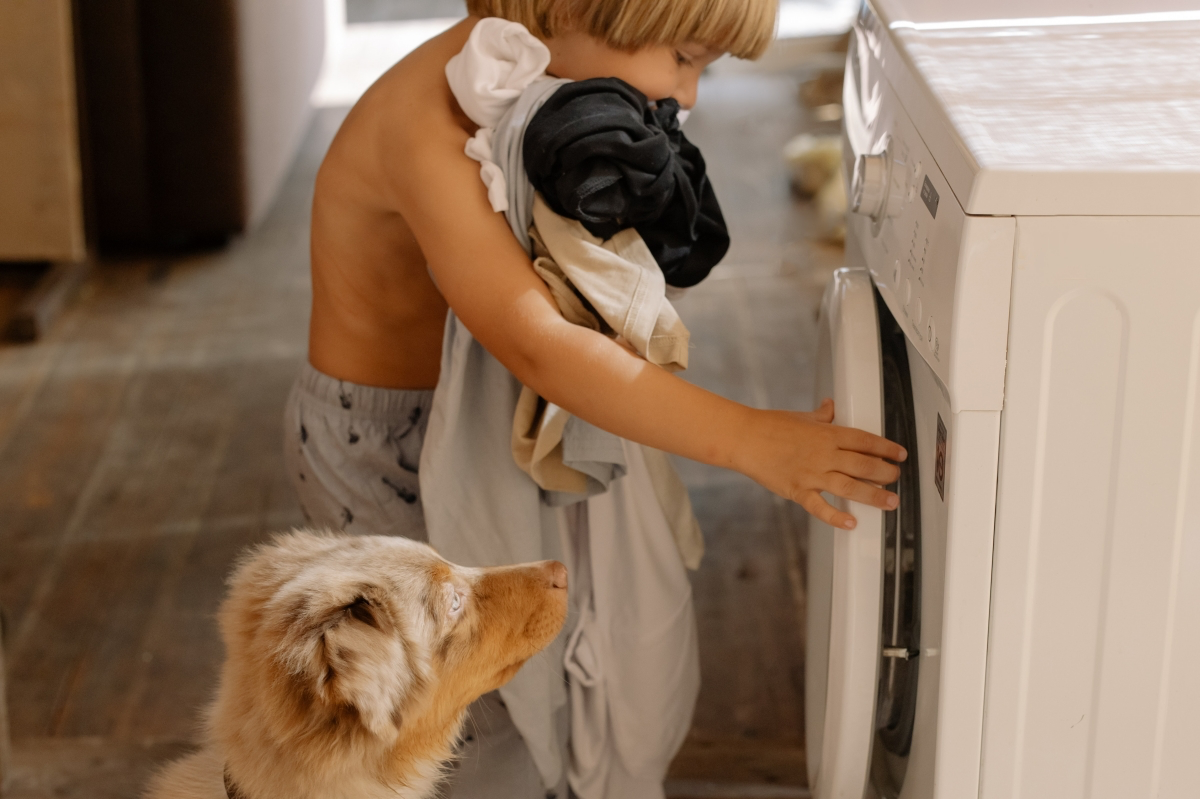
Heads Up! The Must-Know Safety Rules
Vinegar is fantastic, but it’s not foolproof. A real pro knows the limits of their tools, and you should too.
First and foremost: NEVER, EVER MIX VINEGAR WITH CHLORINE BLEACH. I cannot say this loudly enough. Combining them creates toxic chlorine gas, which is incredibly dangerous to inhale. If you use bleach, make sure you are not using vinegar in the same load, period. No exceptions.
Second, acid can be tough on certain materials. It’s best to avoid using vinegar when washing these fabrics:
- Delicate protein fibers like silk and wool
- Man-made fibers that are weak when wet, like rayon and acetate
- Also, be careful not to spill it on natural stone floors like marble or limestone, as it can etch the surface permanently.
Quick Troubleshooting
Having an issue? Let’s figure it out.
- “My clothes still smell like vinegar!” You’re likely using too much. Try cutting the amount in half. A little goes a long way, and the smell should always be gone once the clothes are fully dry.
- “I don’t notice a difference yet.” If your clothes have years of detergent and fabric softener buildup, it might take two or three washes with vinegar to fully strip it all away. Be patient! You’ll notice your towels getting more absorbent first.
- “I miss having a scent!” Easy fix. If you want a light, natural fragrance, just add 5-10 drops of your favorite essential oil (like lavender or citrus) directly into the vinegar before you pour it into the machine.
Honestly, mastering your laundry isn’t about buying more stuff. It’s about understanding the basics. Distilled white vinegar is one of the most reliable, effective, and budget-friendly tools you can have. Use it correctly, and you’ll get clothes that are truly clean and naturally soft, all while saving money. Give it a try—you might be surprised how well this old-school trick works.
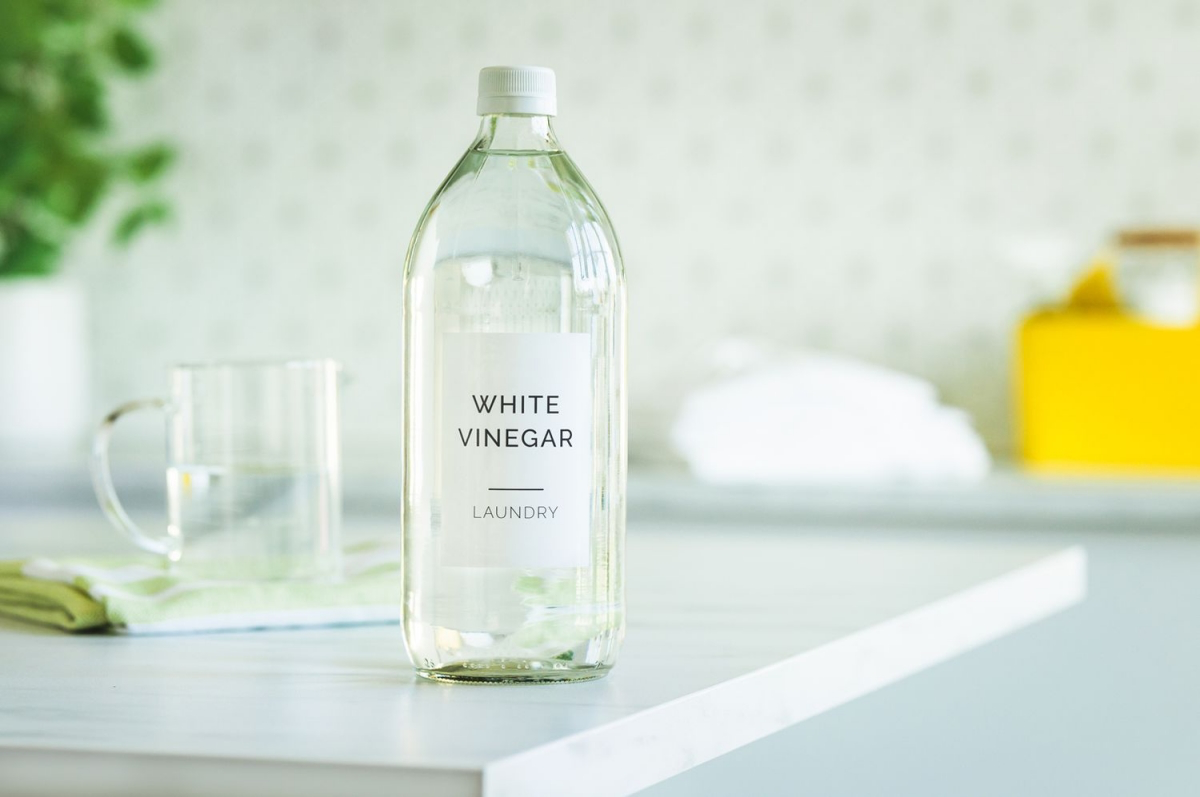
Inspiration:

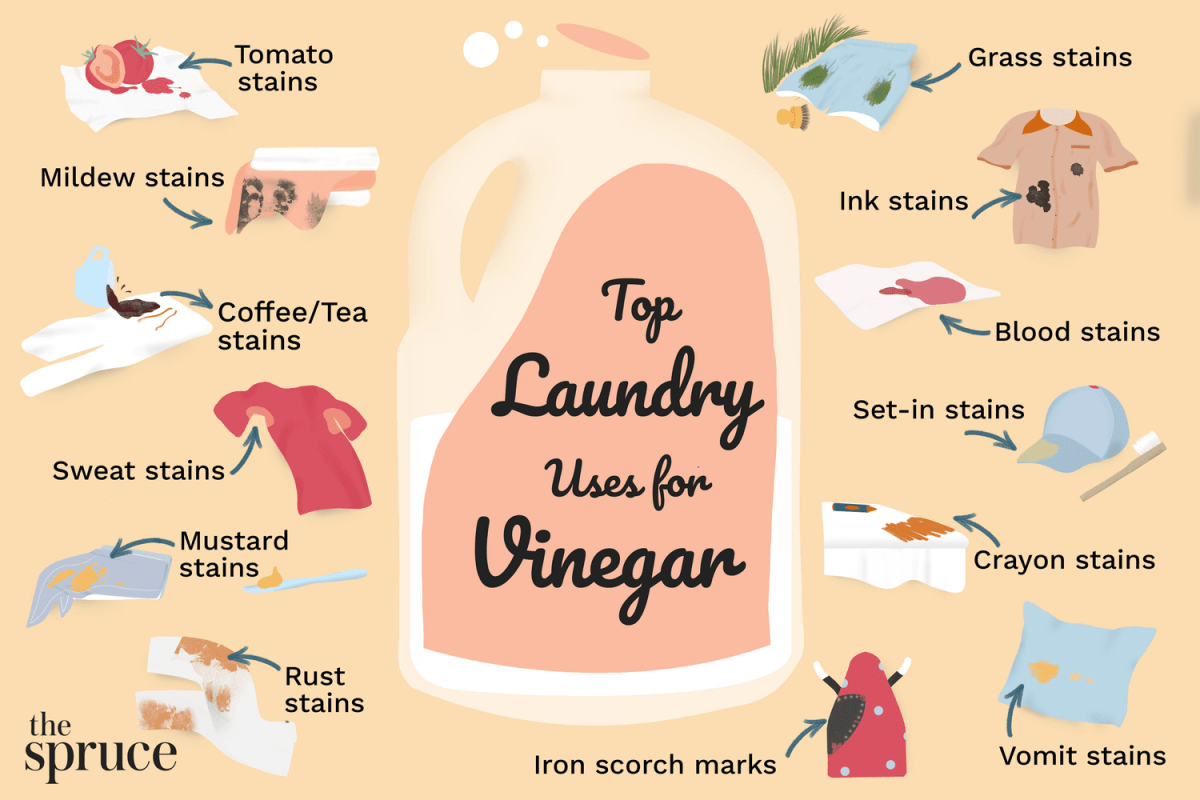
But won’t my clothes end up smelling like a pickle jar?
It’s the number one question, and the answer is a resounding no! The vinegar smell completely dissipates during the final rinse cycle and disappears entirely as the clothes dry. You’re left with fabrics that smell truly neutral and clean, not masked by artificial perfumes. It’s the smell of nothing—and that’s a good thing.
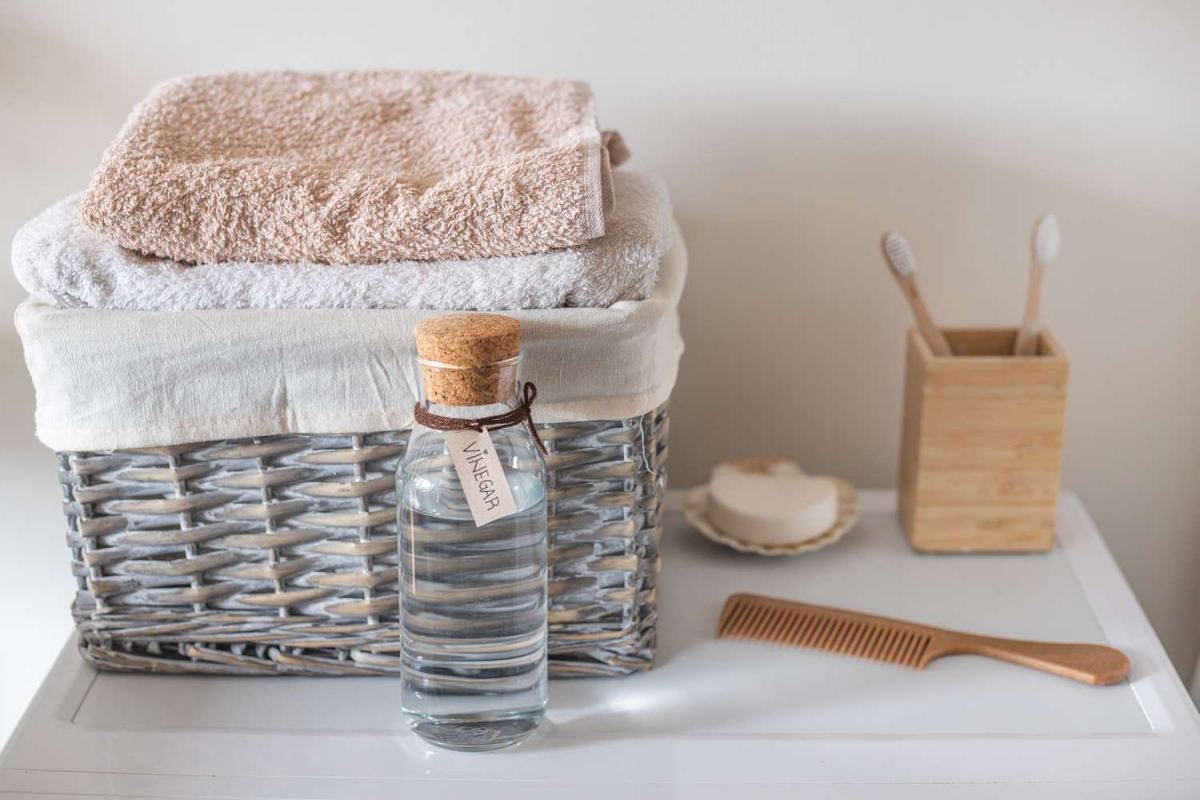
According to appliance manufacturers, mineral and detergent buildup is a leading cause of washing machine odors and reduced efficiency.
Your washer needs cleaning too! Once a month, run an empty machine on its hottest, longest cycle. Add two cups of white vinegar directly into the drum. This natural cleaning cycle dissolves the soap scum and hard water deposits that build up in the pipes and drum, preventing musty smells and keeping your machine running smoothly without needing specialized cleaners like Affresh.
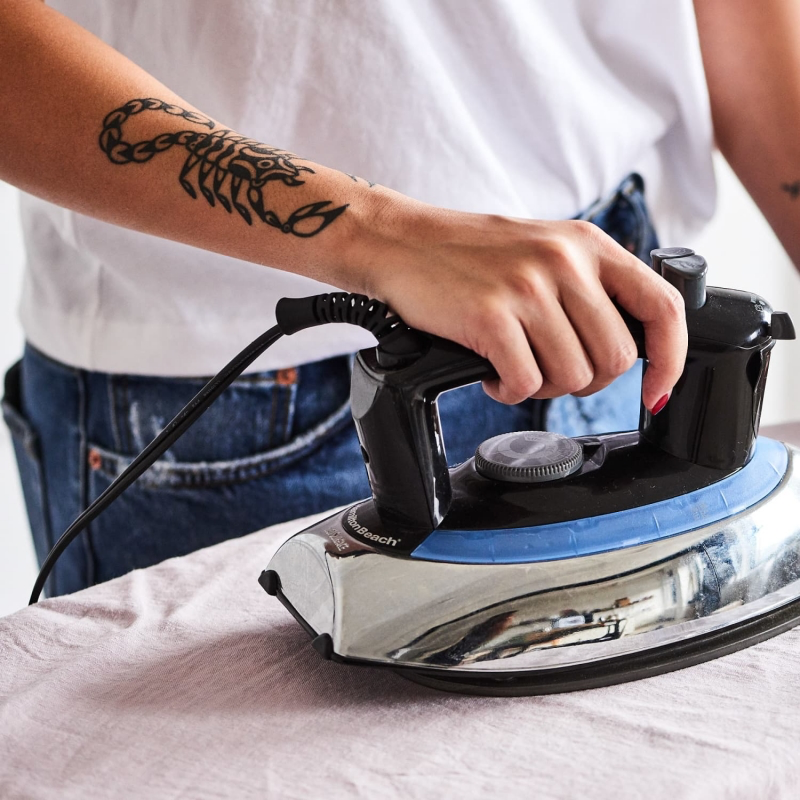
If you miss a fresh scent, you can easily create your own custom, natural fabric softener. Simply add 15-20 drops of your favorite essential oil to a bottle of distilled white vinegar. Shake it well before each use and add a half-cup to your rinse cycle as usual.
- For a calming scent on bed linens, try lavender or chamomile.
- For a zesty boost for towels and activewear, use lemon or orange oil.
- For a clean, crisp scent for everyday clothes, try eucalyptus or tea tree oil.
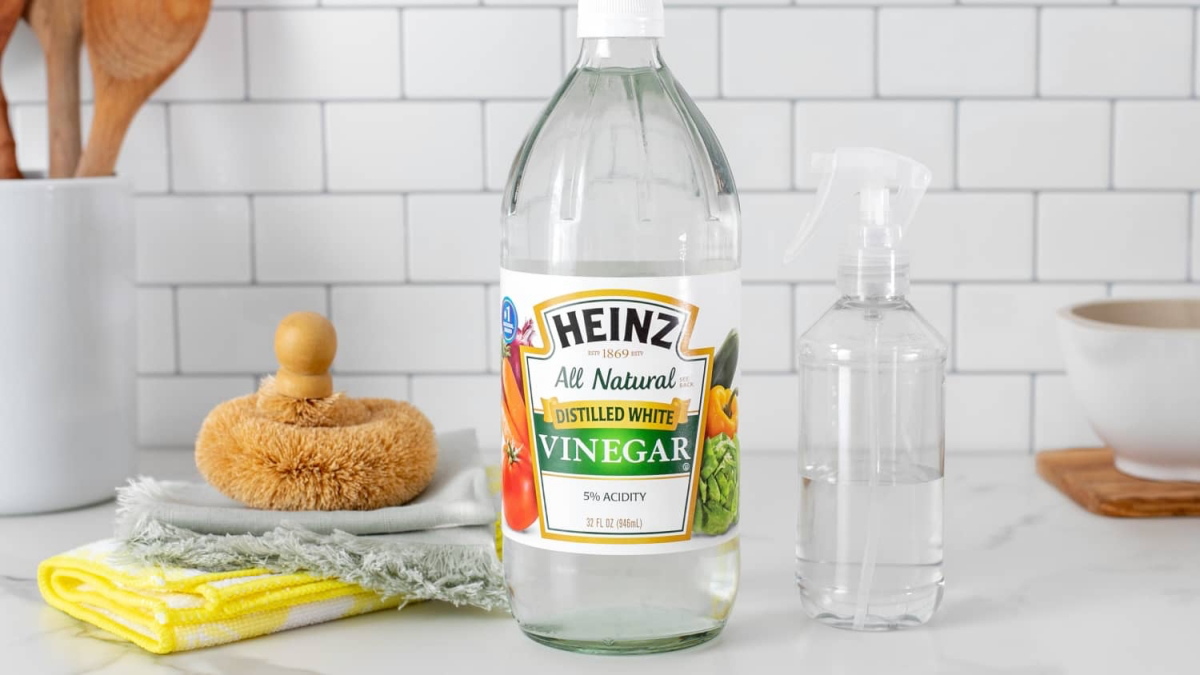
A crucial safety note: While white vinegar is a laundry superstar, never mix it directly with chlorine bleach. The combination creates toxic chlorine gas, a serious respiratory irritant. If you use bleach in your wash cycle, ensure it is completely rinsed out before you would ever add vinegar in a subsequent rinse. To be safe, use them in separate laundry loads.
Distilled White Vinegar: This is your ideal choice. It’s completely clear, so there’s zero risk of staining light-colored fabrics. Its standard 5% acidity is the perfect strength for laundry applications, and it’s the most economical option, found in large jugs from brands like Heinz or any grocery store’s own brand.
Apple Cider Vinegar: Save this one for your salad dressing. While it has similar acidic properties, its amber color carries a slight risk of discoloring whites and light fabrics over time. Stick to the clear stuff for worry-free washing.










